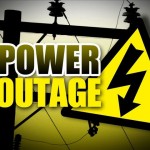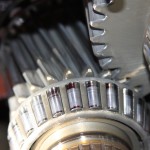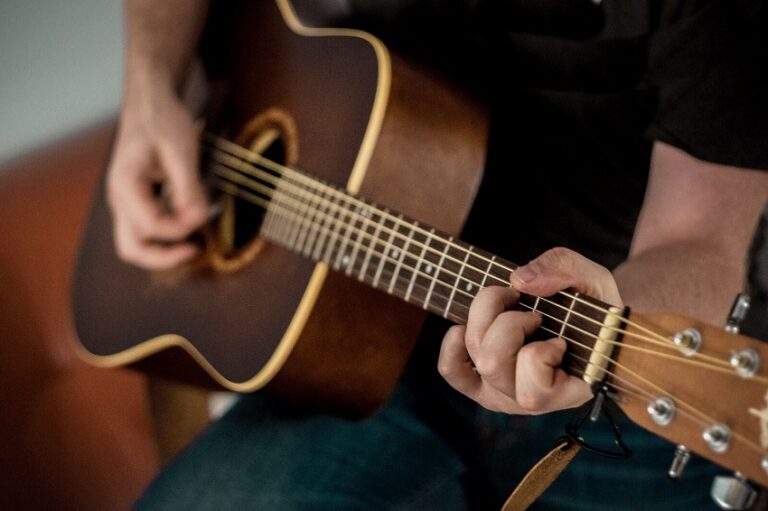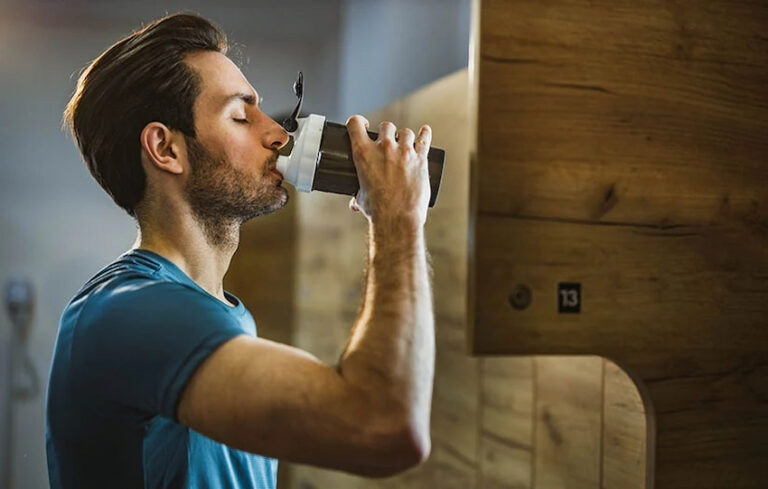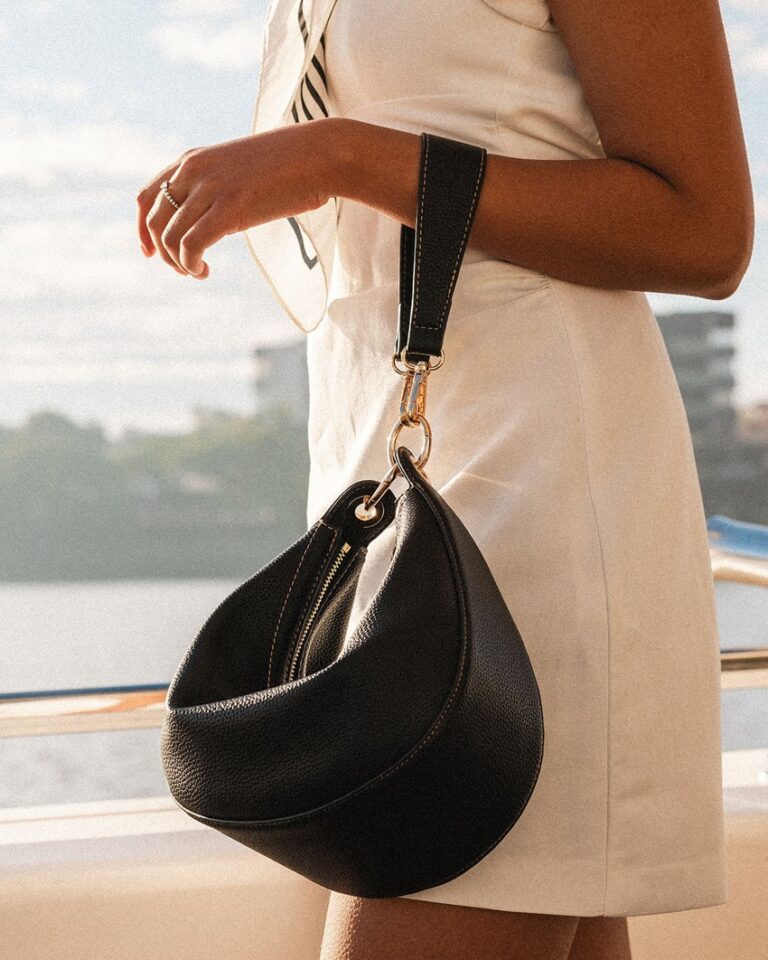The rate at which kick scooters are flying off shelves reminds me of the same craze that surrounded BMX bikes and skateboards back in the day. These things are popular with all sorts of people, and it’s not just kids and teenagers that are buying them. You’ll find scooters in their natural habitat- skateparks and school grounds, and even a few buzzing around the CBD, ridden by dressed-up ladies and gents off to work. The fun factor is what makes them sought-after. This, and how simple they are to ride.
Now might be just the right time to get a kick scooter. Unlike their battery-powered siblings, these will never go out of style. And there are heaps of types, sizes and brands to choose. From scooters that are meant for beginners or kids, to full-sized scooters to get all kids at heart riding daily. The same goes with skill levels, If you’re more about the easy commute, get a commuter scooter, but if you want to fly high and take a selfie doing so, go for a souped-up pro scooter. This will have better components, like differently-shaped handlebars for a scooter, and made of sturdier but lightweight materials to handle all the tricks you can throw at it.
Most experienced riders will be graduating onto scooters from years on skateboards or bikes. If these are the types of rides that better suit you, then also consider getting the right type of bike or board to get the grins going.
Choosing the Right Scooter
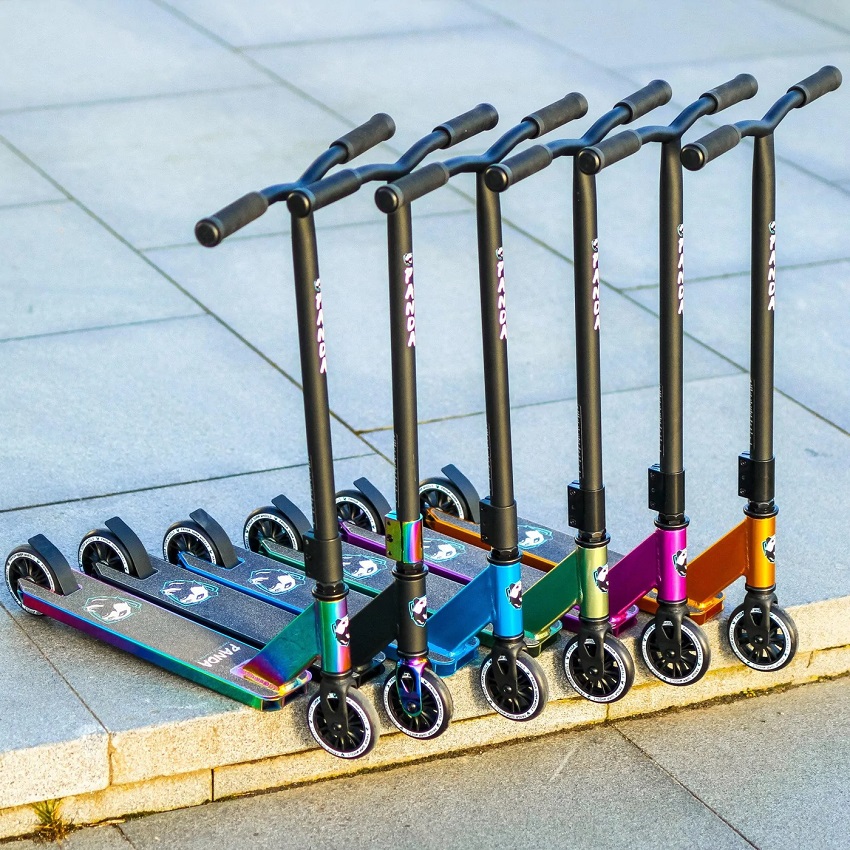
Scooters need to be sized right. There’ll be differences for riders of different age groups and heights, as well as skill levels. Wheels, decks and handlebars can have subtle differences that go a long way in determining how comfortable you are. And comfort is the first thing to go for. It means you’ll be more confident and safer as well. Bigger wheels for instance are better for more speed and tricks, as are wider handlebars that allow for better control and stability. The same can be said of deck lengths and widths so you have a solid foundation to stand on.
Scooter Handlebars -Why they Matter
Buyers are often given two choices – scooters complete with pre-assembled parts or pro scooters that are meant to take a bit more of a beating. Beginners usually start out with completes at the more reasonable side of the pricing range and go on to pro variants once they have their skills to where they want. In both types, you can change out the separate parts. Handlebars are the first to go for most riders, and like scooters, there’s a ton of choice out there.
Handlebars are the main components that affect control and ride quality. If you’re feeling that these are lacking, time to go with something new. Heights, widths, handlebar diameters, how they’re shaped and the materials handlebars for a scooter come in are all important. Comfort, especially in tricks, or when riding on less-than-perfect roads or pavement is largely impacted by compression types and handlebar accessories like grips and bar end. Choosing the right handlebar, then, means balancing all these variables.
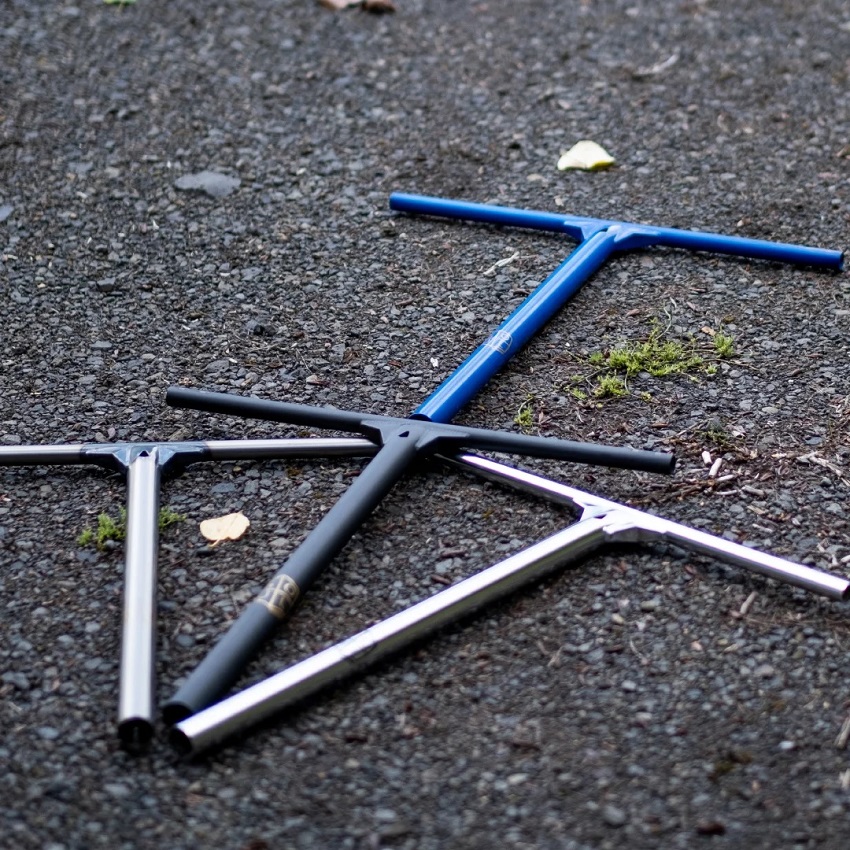
Handlebar Height
Bar heights are the first thing to look at. The handlebars need to be roughly waist height. More precisely, they start out at 410mm in smaller kid scooters and go on to over 800mm for anyone over 6 feet. The right height will help in better balance. Bars that are too high can hurt handling and the ability for tighter turns, while those that sit too low will see you arching your back in an unnatural standing position.
Handlebar Width
Widths will also impact the ride and how comfortable you get at speed or executing tricks. Bars in kids’ scooters start out at 400mm and can be as wide as 600mm. The taller the bar the wider it will often be. There’s a bit more scope in going for narrower bars, and something that gives more control in the skatepark, or wider bars that increase high-speed stability. Again, this boils does to personal preference, and the types of riding you’ll be doing. The rule of thumb is to go narrower if tricks are your thing, or wider if you’ll be using the scooter for commuting.
Diameters
How thick the handlebars for a scooter are, or the width of the downtubes that slot into the deck headtube, means you have a choice between ‘standard’ and ‘oversized’ bars. Standard bars work well with most compression types (more on that below), and round out 31.8mm on the outside, and 28.7mm inside. Wider, oversized bars (topping out at 35mm outside and 32mm inside) work in HIC (Hidden Internal Compression System) compression systems and are ideal for older scooter designs.
Handlebar Sweep
Sweep is the angle at which the bar bends back from the stem. Anyone coming from BMX bikes may want a little backsweep to get the comfort they’re used to. Angles are often between 2 to 5 degrees.
Shapes and Materials
The majority of handlebars for scooter come in two distinct shapes or designs – straight or ‘T-bars’ and those with tapering top tubes or ‘Y-bars’. Riders who prefer riding on the street and pavement will want the lighter weight of T-bars, while those in the skatepark usually go for Y-bars. The latter feature on most pro scooters as standard.
Materials in scooter handlebars need to balance out toughness and weight. Chromoly steel bars are strong but a bit heavier than bars made of aluminium or higher-end titanium options. Aluminium is a good compromise for most riders, being lightweight, strong and not too expensive, but if you need the lightest and strongest bars, be ready for the price tags of titanium.
Compression Systems and Handlebars
Compression refers to how the bars attach to clamps and forks. There are several types, that can get a bit confusing for novices. The most common are SCS (standard compression system) and ICS (internal/inverted compression system). Both do away with slits in the bars found in those that are HIC compatible, and are decently lightweight, reliable and sturdy. They make most of the standard-sized bars. HIC bars, on the other hand, are oversized. Ensure that the bars are of the right size and type for the compression system on the scooter.
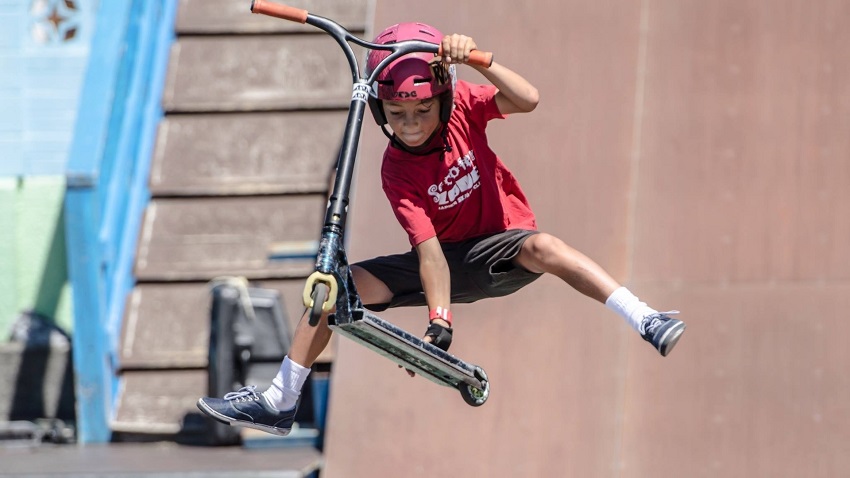
Accessories of Note
Fitting the handlebar with grips that are of the right size, shape and material is common sense. Here you can go with foam or rubber for materials, standard (160mm) or oversized (180mm+) grips and between slip-on or lock-on designs. To keep the grips firmly in place, get the right bar ends. Like all things mentioned above, the goal is for more comfort and less fatigue after hours of fun.


